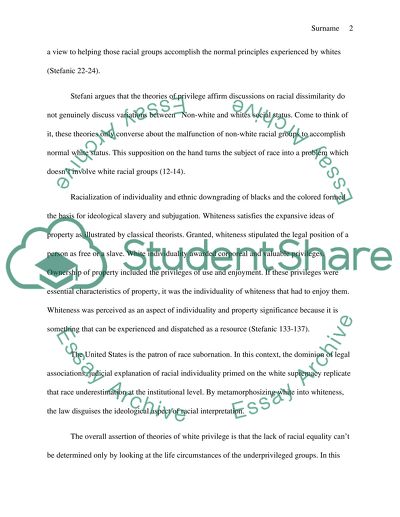Cite this document
(“The critical race theory Essay Example | Topics and Well Written Essays - 1250 words”, n.d.)
Retrieved from https://studentshare.org/history/1438782-12611
Retrieved from https://studentshare.org/history/1438782-12611
(The Critical Race Theory Essay Example | Topics and Well Written Essays - 1250 Words)
https://studentshare.org/history/1438782-12611.
https://studentshare.org/history/1438782-12611.
“The Critical Race Theory Essay Example | Topics and Well Written Essays - 1250 Words”, n.d. https://studentshare.org/history/1438782-12611.


